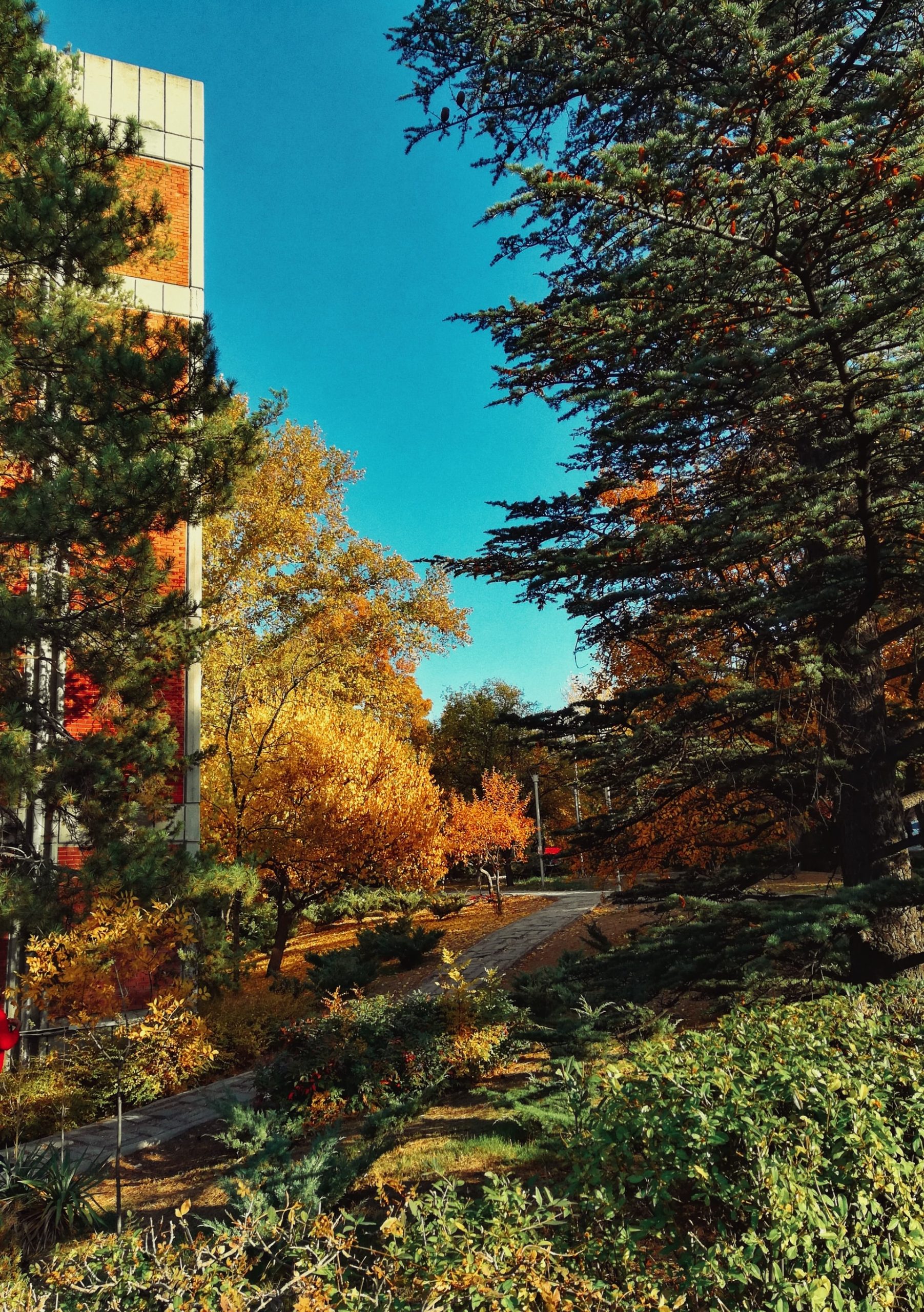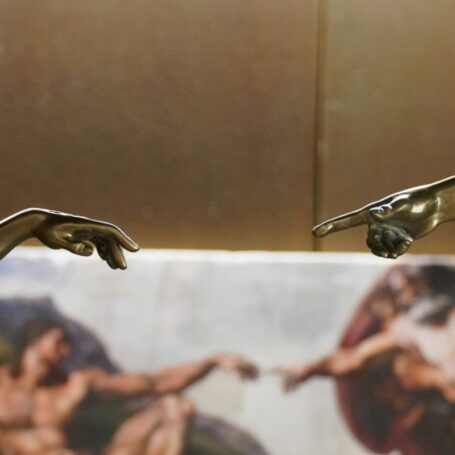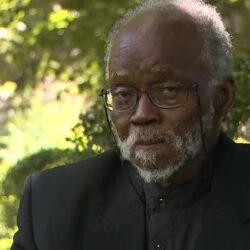Online Teaching, Campus Design Upgrades and Institutional Changes
The times they are a-changin’ for higher education. Or so say a growing number of commentators. They see COVID-19 disruptions as a tipping point for universities, accelerating sweeping changes across institutions. These include not just a shift to online teaching and learning, but also a greater focus on industry links and employability skills, and accompanying campus design upgrades.
Many of these changes are arguably necessary in a world in which digital connectivity is the expected norm. It is crucial to understand what these changes involve for universities themselves, and what they mean for the next generation of students. For instance, online education, if done properly, isn’t necessarily cheaper or easier.
With many still in crisis mode, universities might not be ready for these predicted changes. Despite a touted recovery in Australia as COVID vaccines roll out across the globe, the higher education sector isn’t out of the woods. Some expect the impacts will be even greater in 2021 as job losses persist and international students stay away.
Universities suffered the double whammy of a huge decrease in international student revenue as borders closed, and a federal government that stubbornly refused to support the higher education sector and its workers. COVID restrictions have forced university teachers to make often radical shifts in their curriculum and teaching practices while implementing broader changes, all with reduced budgets. And that’s if they are lucky enough to keep their jobs.

Collaborative, evidence-based approach is vital
Proposed “Instagram-worthy” campus infrastructure projects aim to provide more flexible learning and study spaces, immersive classrooms equipped for virtual reality experiences and remote teaching, and “industry precincts” that encourage collaborations. These are worthwhile, forward-looking innovations. But these goals cannot be achieved without a deeper, evidence-based conversation about how this will be done in practice.
And this transformative work must be done in partnership with teaching academics. The very real challenges they face must be taken into account.
Some assume online learning and teaching are easier or cheaper, but that isn’t always the case. Teaching well online requires at least as much effort as face-to-face, and potentially more.
Academics require both initial and ongoing support to build their capacity in using online tools and adjusting their teaching practices. If this isn’t done, universities risk students disengaging.
Not everything works well online
The online/digital space can adequately replicate only some face-to-face interactions. Others can be difficult to reproduce. These include activities that develop manual and psychomotor skills, such as laboratory and field work in the sciences, and kinesthetic skills in the performing arts.
Even the robustness of tutorial debates might be altered as students move from a shared physical space to one dominated by the “Zoom gaze”.
Teaching academics will likely need extra support to implement such activities online or to find creative solutions. For either approach to be successful, institutions will have to invest more in appropriate technologies.
We are seeing an increase in the use of technology in teaching and learning at Australian universities. By necessity, the pandemic rapidly accelerated this trend. But an increase in online learning does not necessarily equate to a decrease in costs, or in the need for specialist staff.
Staff and students will likely appreciate the flexible learning offered by the predicted digitised future campus. But it is important to remember the benefits of in-person and on-campus interactions.
For students, these include fostering a sense of belonging to the university, which can increase resilience and retention. And the benefits for academic teaching staff include, for example, the fruitful conversations about teaching and learning that so often take place in informal settings.
With universities welcoming staff and students back to campus as COVID restrictions ease, many are seeing the value of the on-campus experience.

Transition will take a lot of time and effort
Digitisation and flexible learning models can help both students and academics collaborate with others across the sector. However, these changes won’t be instantaneous. Nor can they be driven solely by upgrades to campus infrastructure.
We also won’t see, in the near future, a complete shift in academics’ teaching and curriculum design practice. They are already stretched to their capacity in a sector under fire.
The continuing destabilisation of budget cuts, workload demands and an uncertain COVID situation mean the transformation of teaching practices may come in fits and starts. It will be an incremental process driven at first more by necessity and opportunity than by long-term strategy.
The challenge then for universities, and for their academic development and engagement units, is to define, validate and advocate for best practice in both online and face-to-face modes. Only then can they expect to meet the immediate, pressing challenges instructors face while building their future capacity to deliver collaborative, flexible and engaging online and blended learning.






























































































